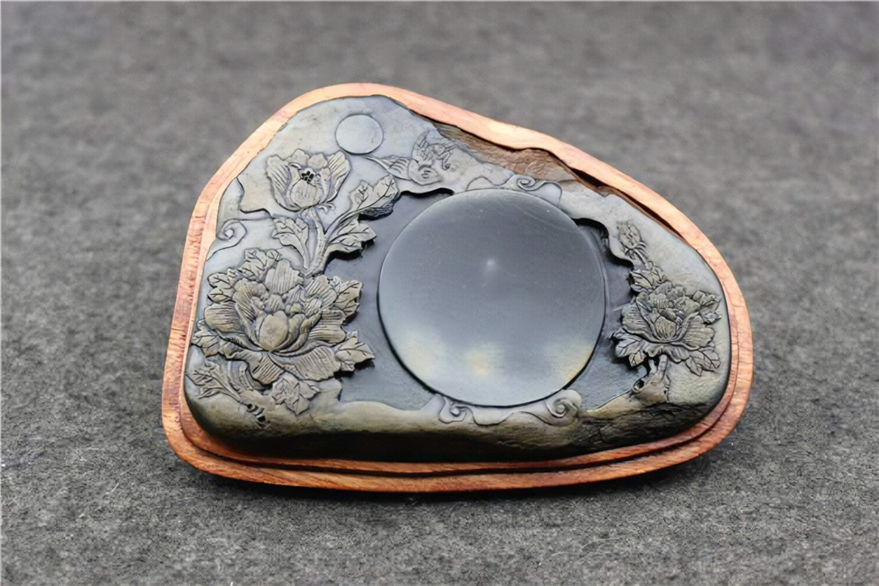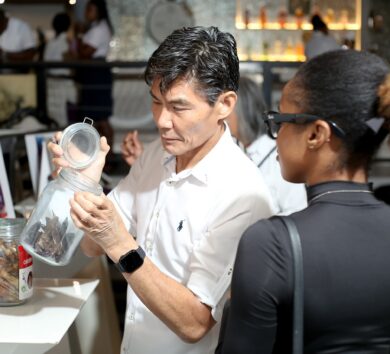

By Tiffany Holman in Beijing
Today, we will explore the link between Taijiquan and Chinese paintings with Miss TAO Hong, known by her artist name YU Dan Qing and Mr. Yang Songquan, a renowned Taijiquan master.
Many Chinese paintings depict scenes of nature, such as mountains, rivers, and trees, which are also common themes in Taijiquan practice.

Movements and postures of Taijiquan practitioners are often compared to the graceful lines and brushstrokes in Chinese paintings. The slow, fluid movements of Taijiquan can be seen as a physical manifestation of the principles of balance, harmony, and flow that are central to Chinese painting. Many Taijiquan practitioners believe that practicing the art can help cultivate a deeper appreciation and understanding of Chinese culture and arts, including painting. Some even incorporate Chinese calligraphy and painting into their Taijiquan practice as a way to further connect with Chinese aesthetics and philosophy.
Miss Yu’s artistic journey began at the young age of seven when she started painting. She studied sketching from nature at the School of Fine Arts, which is attached to the Society of Chinese Calligraphy and Painting.
Her interest in Chinese absorbent paper led her to study the specific properties of the paper to create stunning artworks.

Miss YU Dan Qing specializes in the “splashed ink” and “broken ink” styles of Chinese painting, where the dark color runs progressively into light with one simple touch of the brush. Her works demonstrate a perfect balance between Western and Chinese artistic styles, imbued with more light and depth inspired by Western ideas.

In recent years, Miss YU Dan Qing has participated in many exhibitions of her works at home and abroad, including in France, Belgium, Germany, Monaco, Japan, and Hong Kong. Her paintings have been exhibited twice in Tokyo and have been collected by Prince and Princess Mikasa and other personalities of Japan. She has also enjoyed considerable success in France, and her works were acquired by Madame Giscard d’Estaing and other French personalities.

In 2001, Miss YU Dan Qing’s painting named “Morning” was selected for the 50th anniversary of UN High Mission of Refugees. She received the medal of the “2001 World Peace Art Exhibition” from the UN IAEWP (International Association of Education for World Peace). Her works have been recognized for their contribution to the promotion of peace and harmony in the world.

Miss YU Dan Qing’s art reflects the beauty and essence of traditional Chinese painting while incorporating modern techniques and ideas. Her paintings are admired for their impeccable style, attention to detail, and ability to capture the essence of nature. Her success as an artist is a testament to her hard work, dedication, and unwavering commitment to preserving and advancing Chinese painting.

Taijiquan, also known as Tai Chi
Taijiquan, also known as Tai Chi, is a traditional Chinese martial art that originated in the Chen Village, or Chenjiagou, in Henan Province, China, during the 17th century. It was developed by Chen Wangting, a military officer and expert in martial arts who combined his knowledge of various martial arts with principles of traditional Chinese medicine, Taoist philosophy, and the ancient practice of qigong.
The original form of Taijiquan, called Chen-style Taijiquan, was characterized by slow and flowing movements that emphasized relaxation, balance, and internal energy cultivation. Over time, Taijiquan evolved into different styles, each with its own unique characteristics and variations.
One of the leading practitioners and teachers of Chen-style Taijiquan today is Mr. Yang Songquan. Born in 1951 in Chenjiagou, the birthplace of Taijiquan, Mr. Yang is the eleventh-generation inheritor of Chen-style Taijiquan. He learned Taijiquan from his grandfather, Master Chen Zhaopi, since he was a child, and has been practicing it for more than 66 years. His understanding of Taijiquan has reached a very profound level, and he is considered one of the most respected Taijiquan masters in the world.

Mr. Yang Songquan believes that Taijiquan is the most brilliant doctor, which can keep human beings away from diseases. Therefore, he insisted on teaching Taijiquan to the public. In 1988, he founded the Beijing Chenjiagou Taijiquan Training Center in Beijing, China, where he has been teaching traditional Taijiquan to the public for more than 30 years.

The center offers a variety of programs, including group classes, private lessons, and workshops, that cater to students of all levels, from beginners to advanced practitioners.







Comments